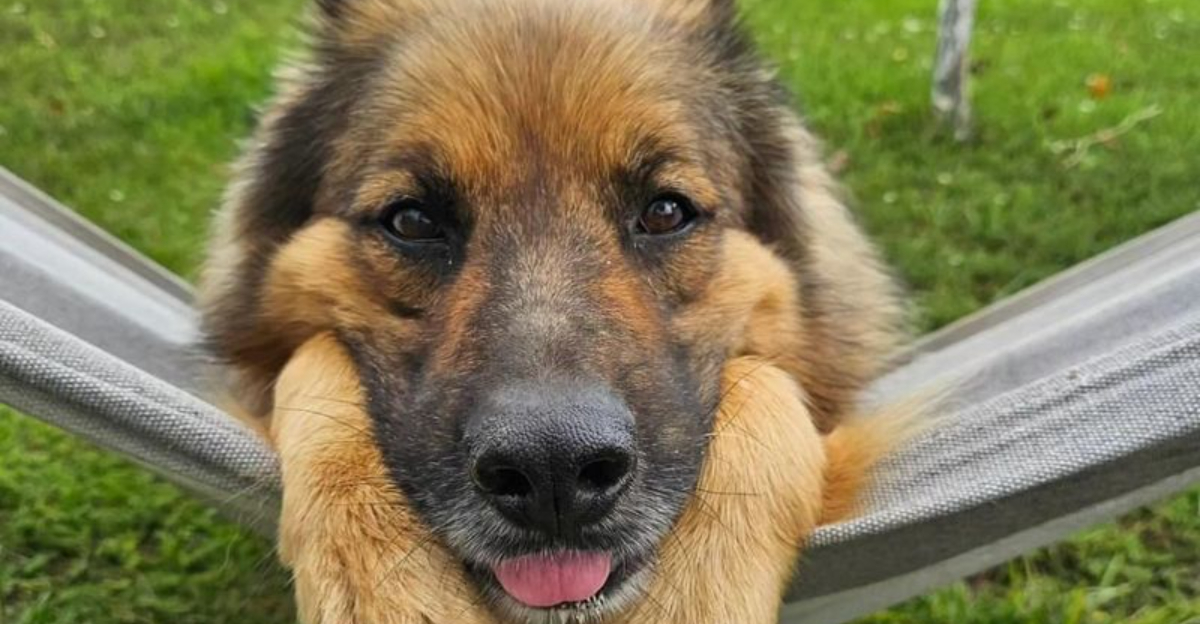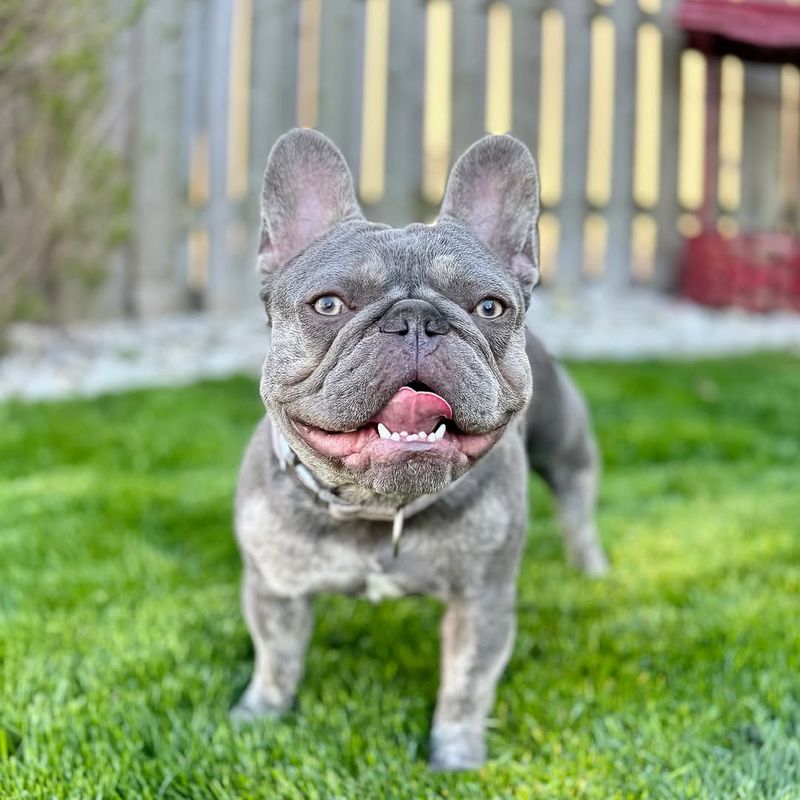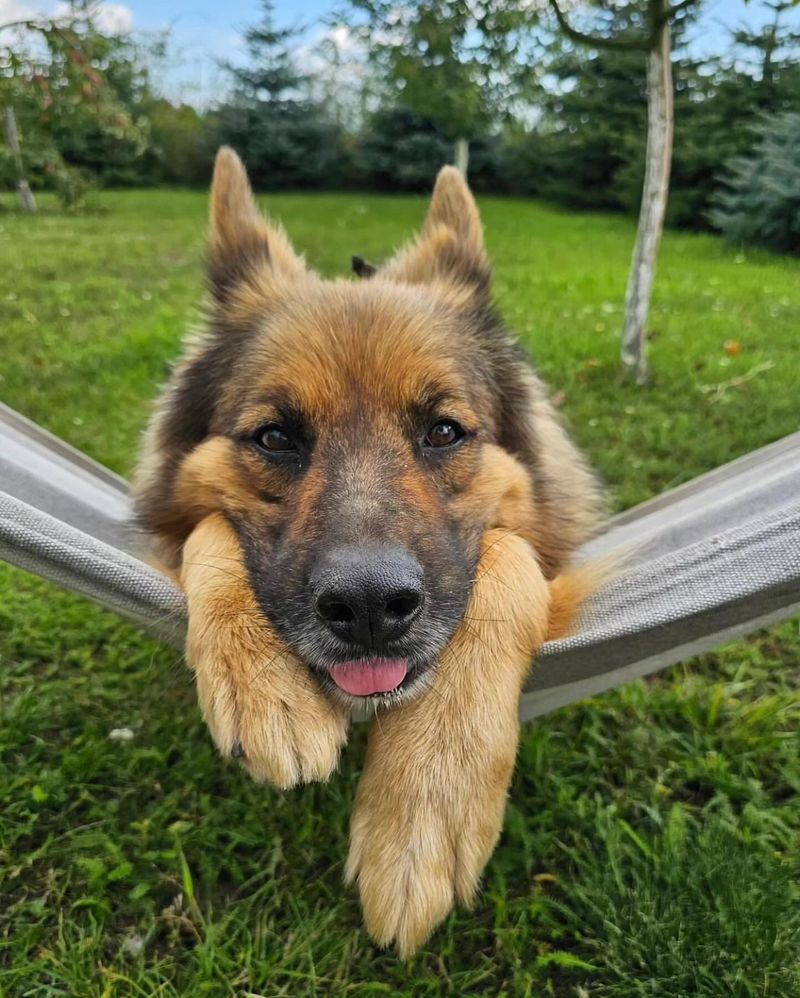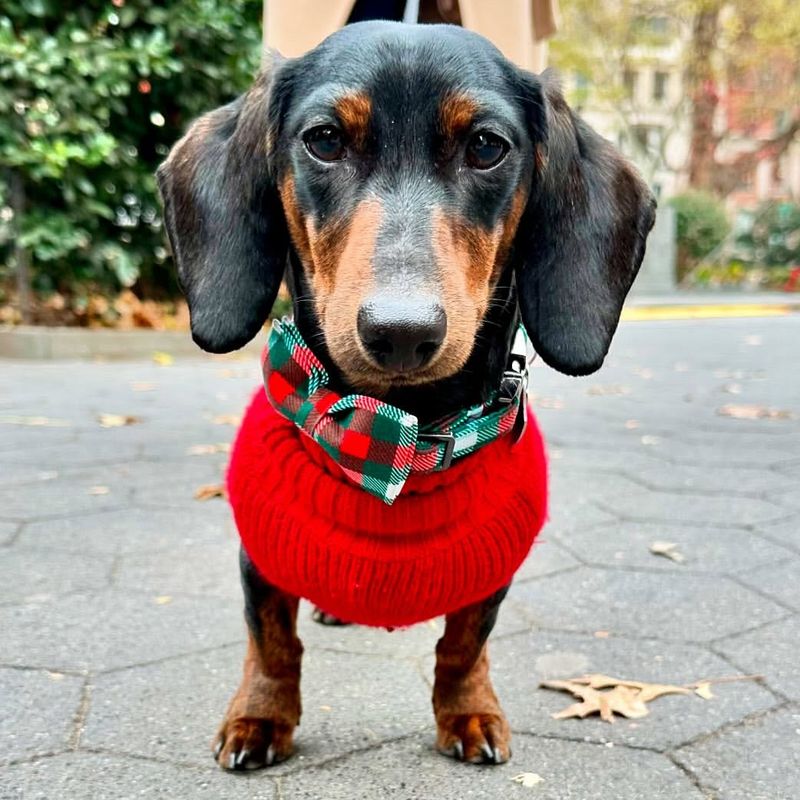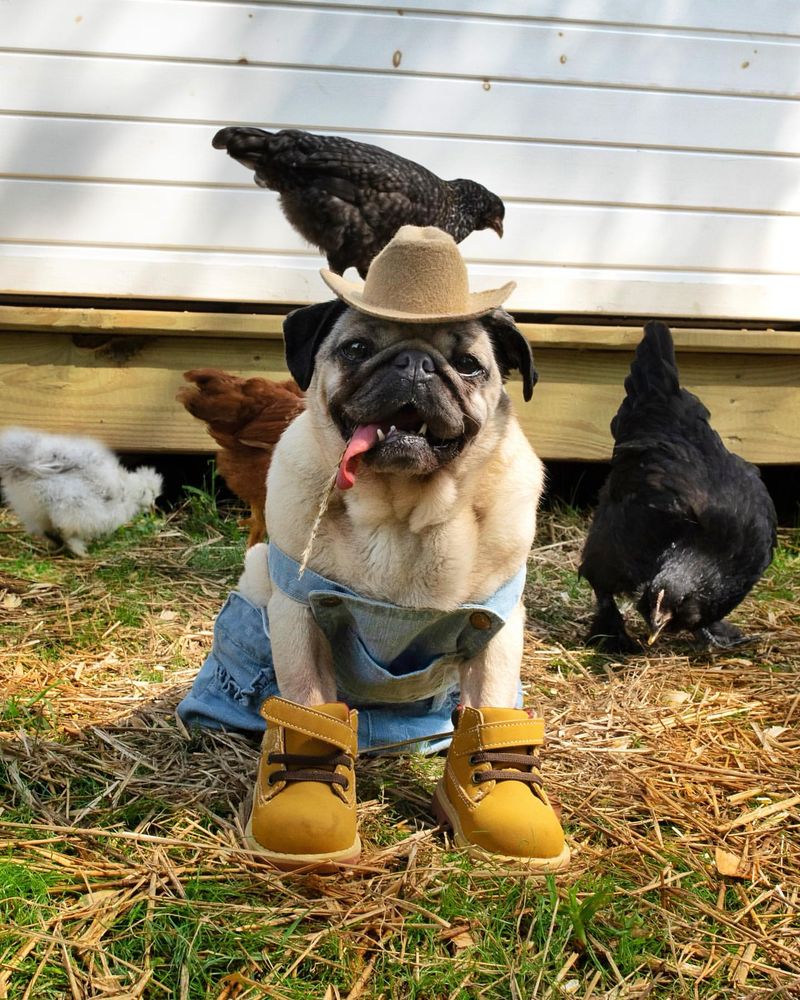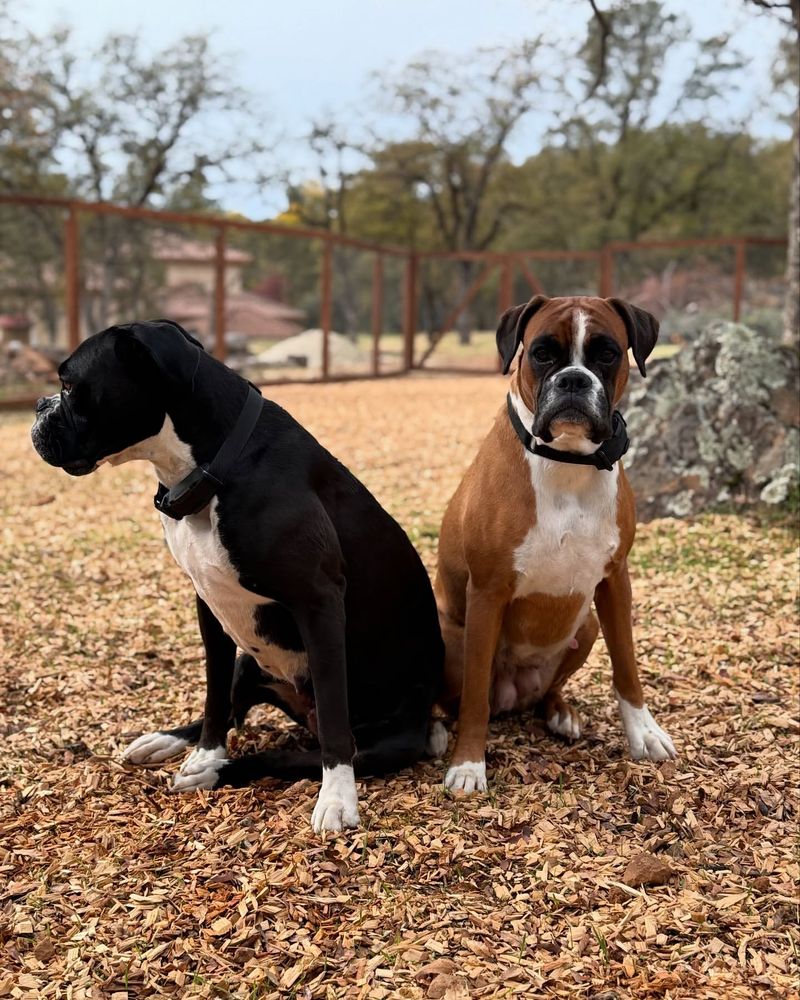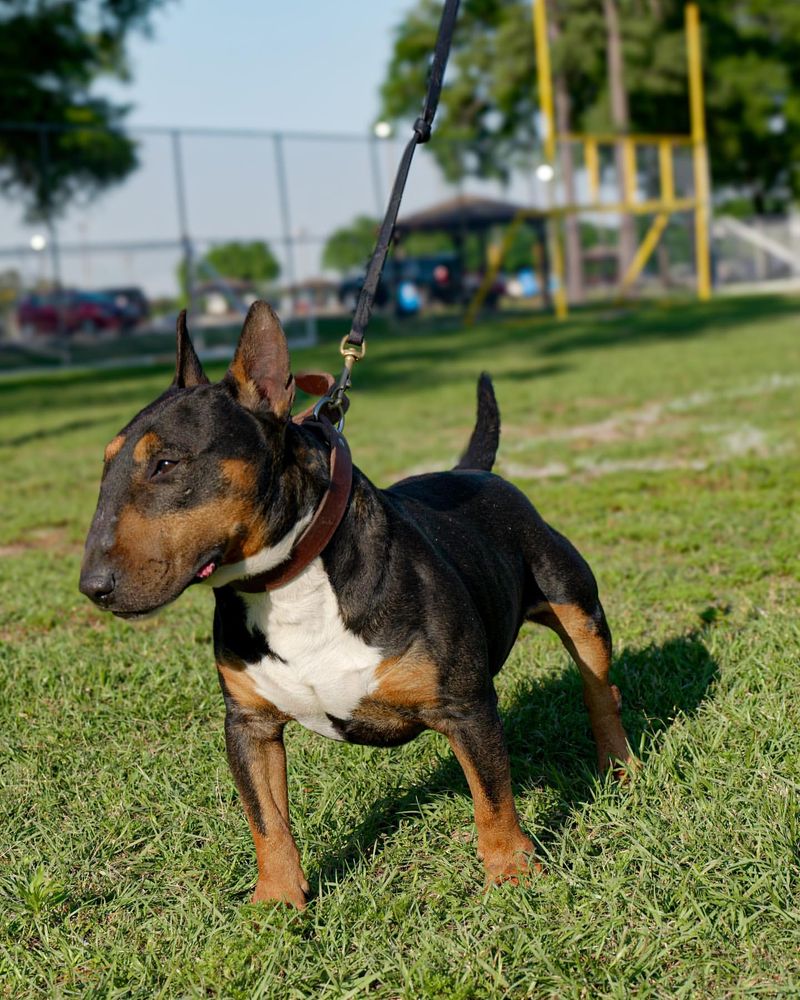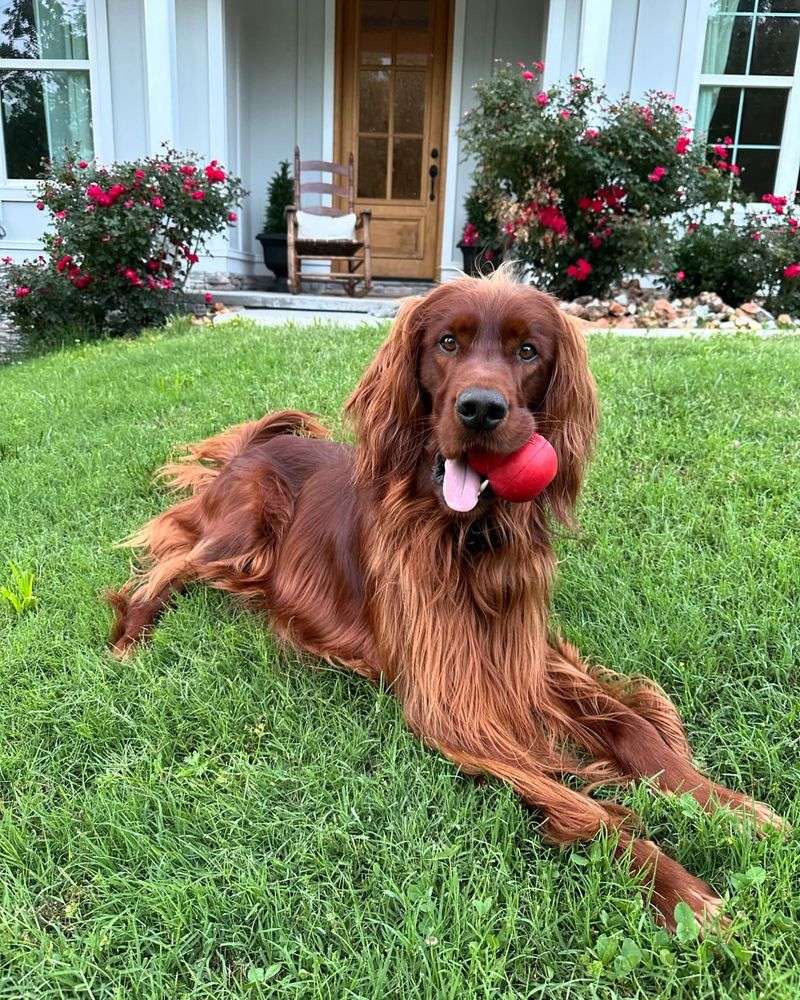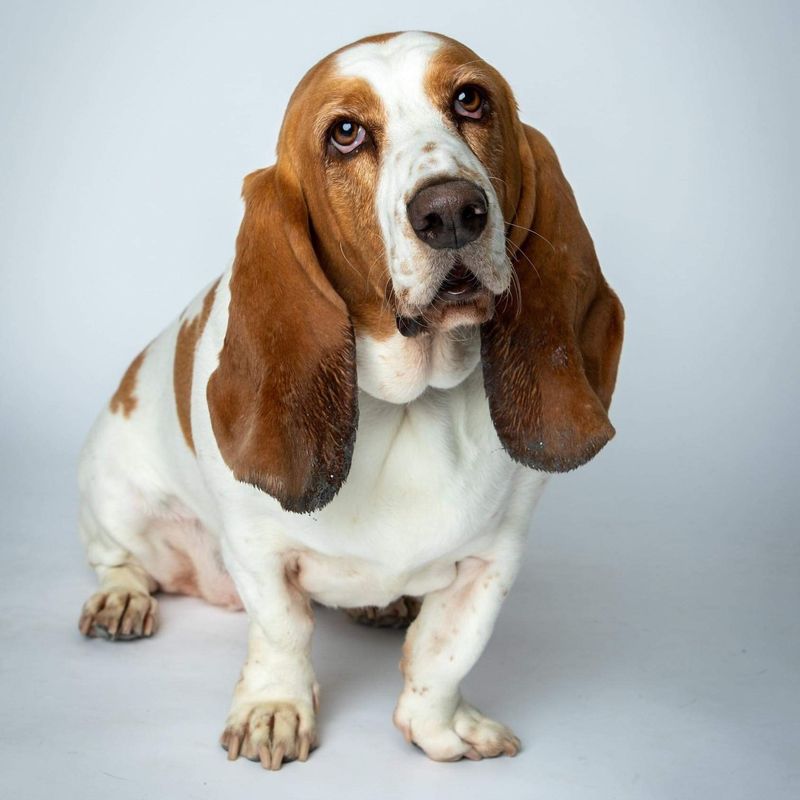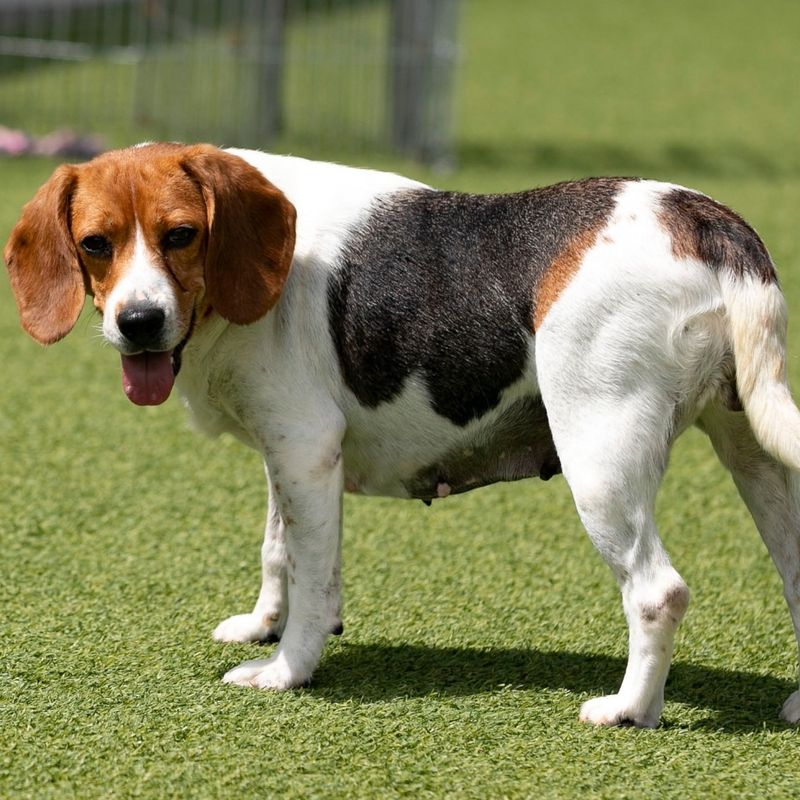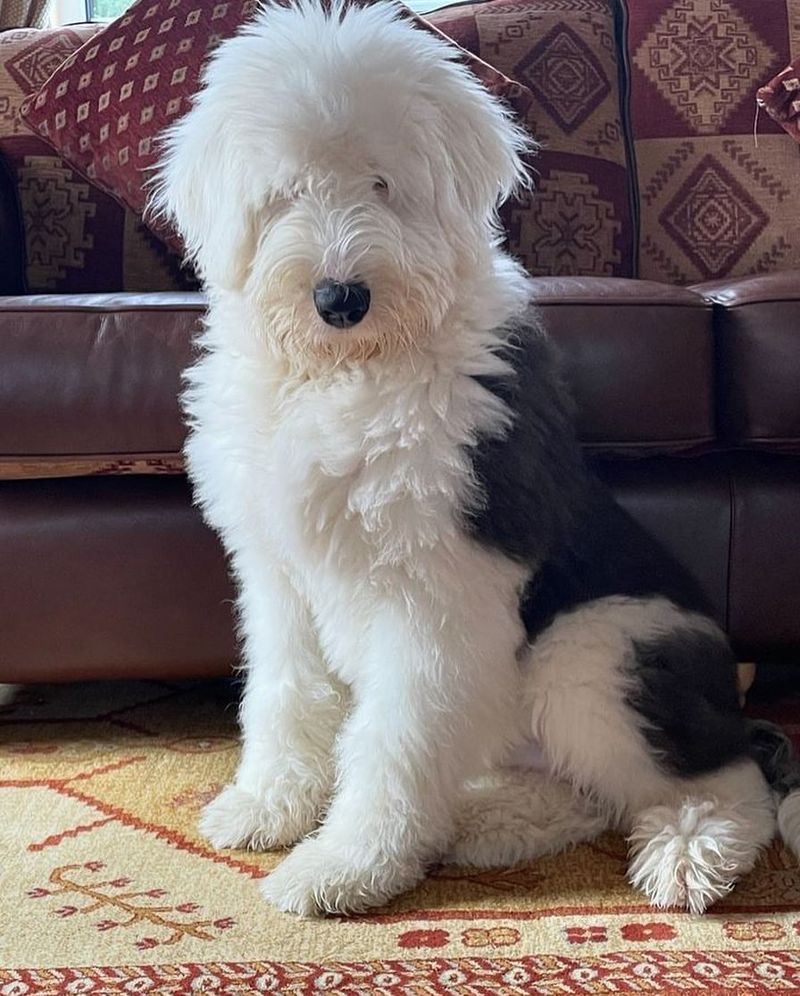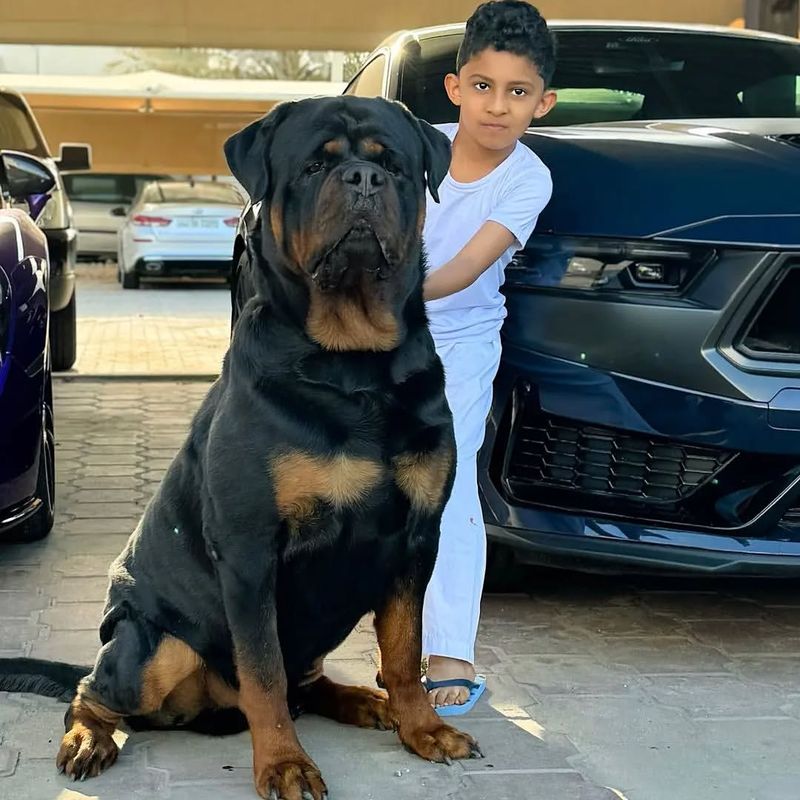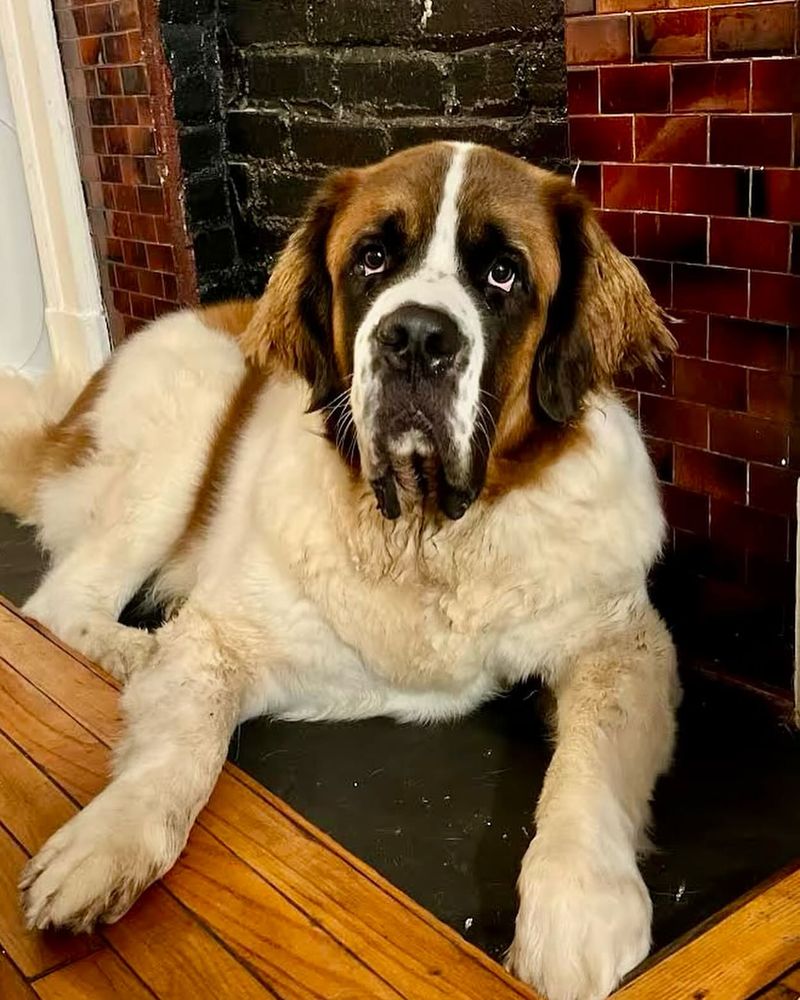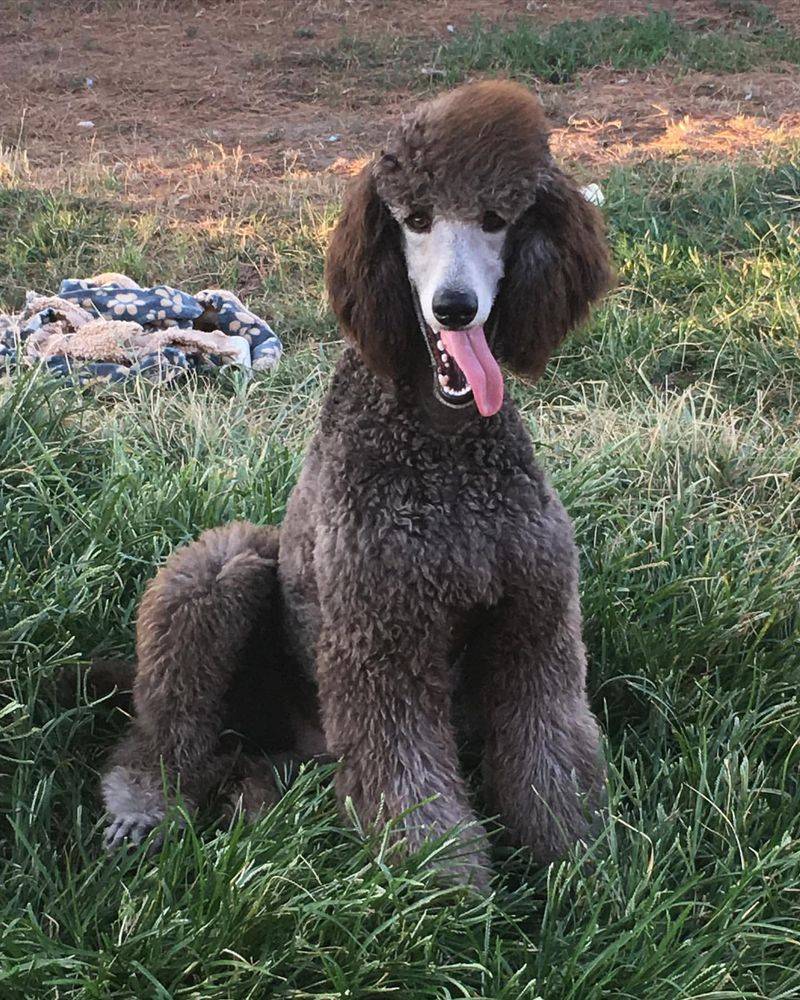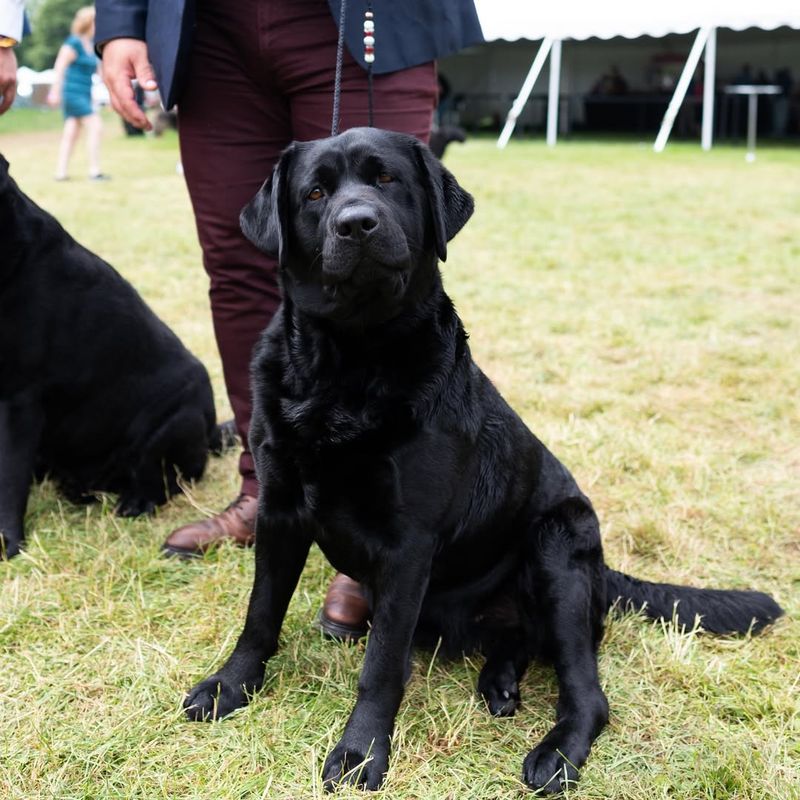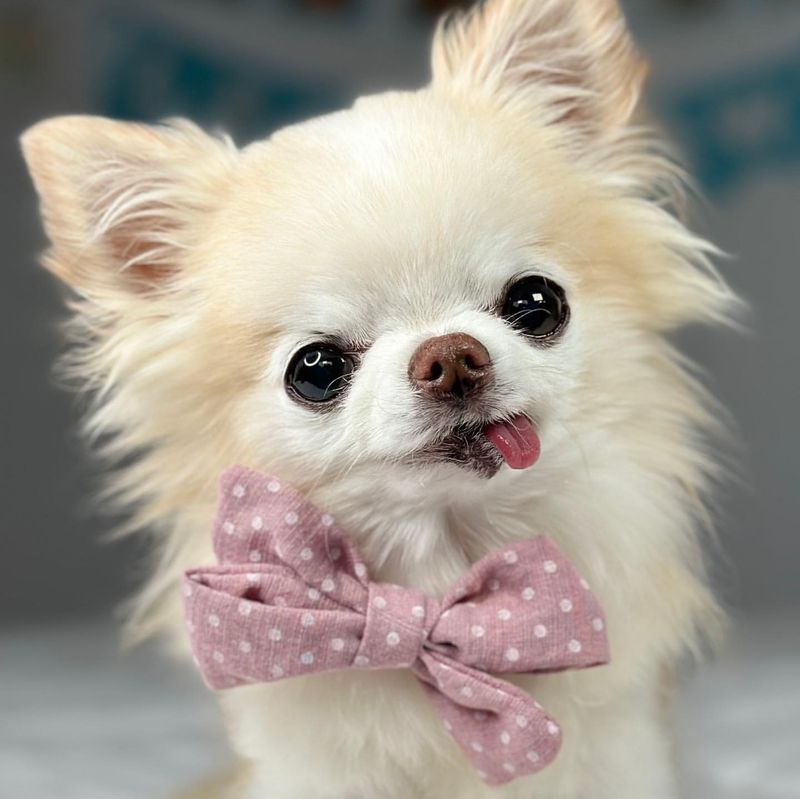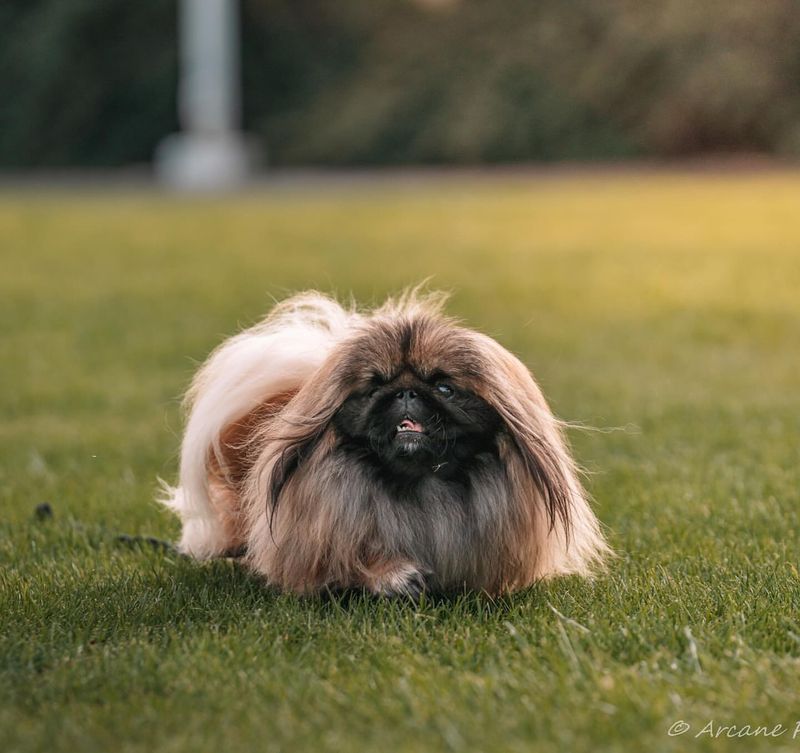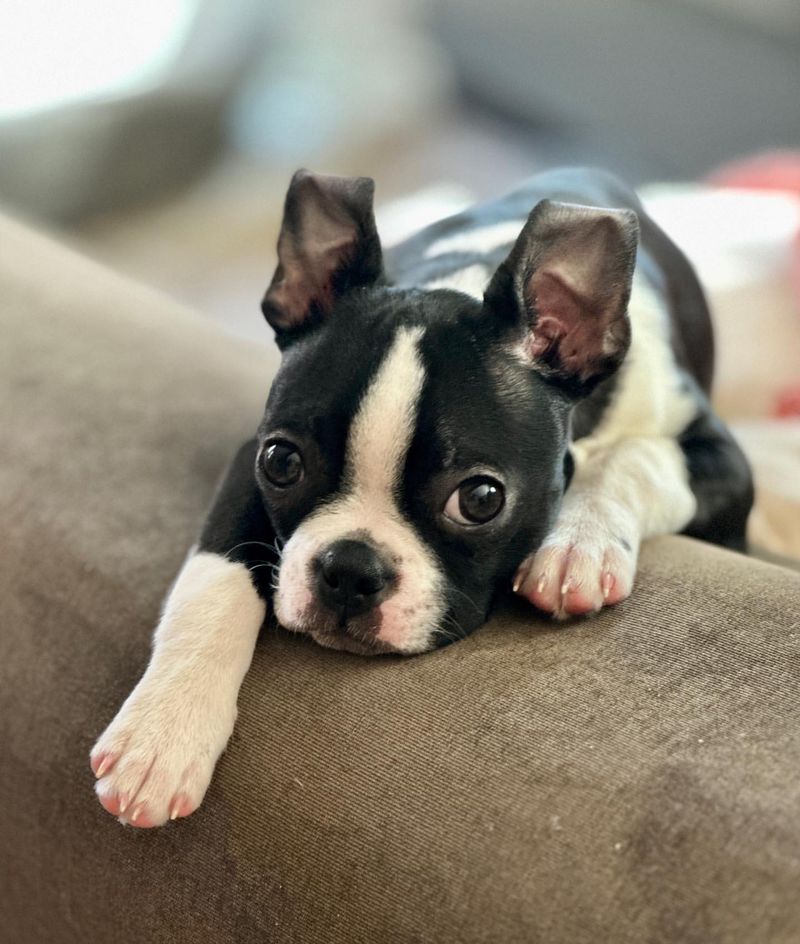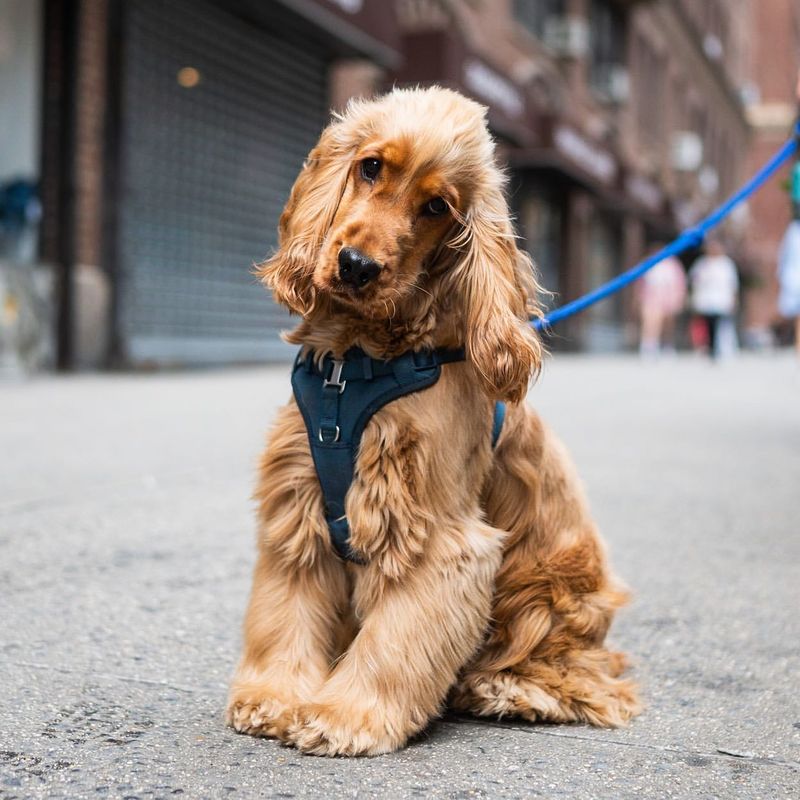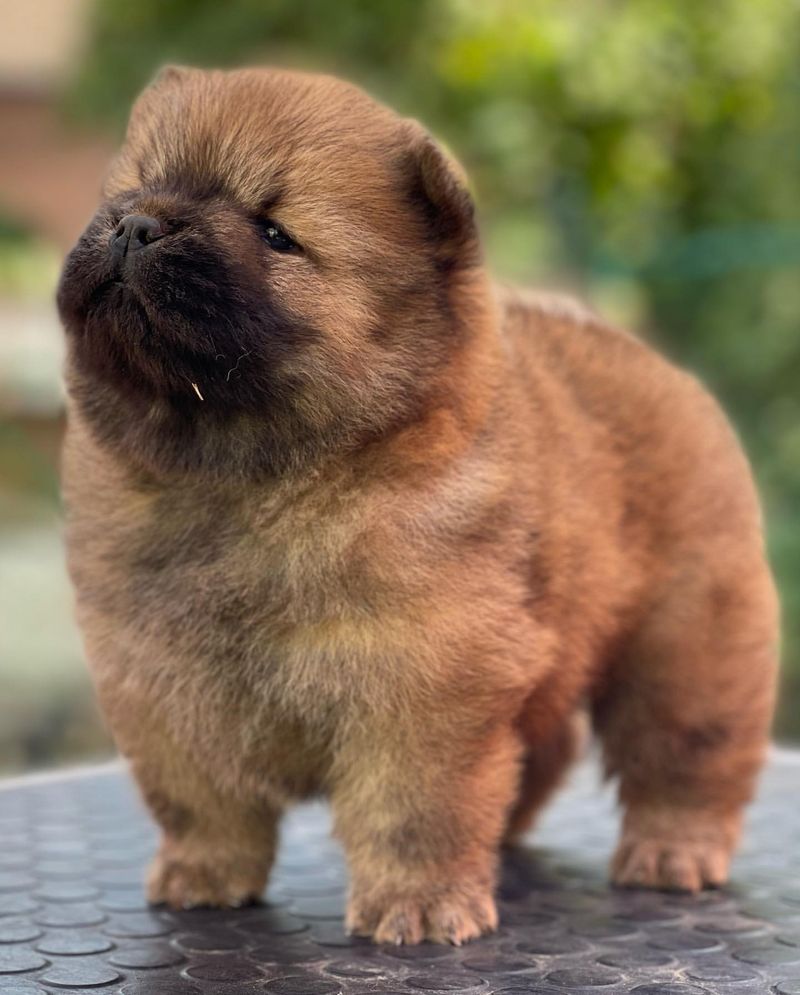Over the past century, selective breeding has significantly impacted the appearance, temperament, and health of many popular dog breeds. This blog post delves into the transformations that have occurred in these beloved canines, showcasing how human intervention has reshaped their physical and behavioral traits. Let’s explore 19 dog breeds that have undergone fascinating changes over the years, revealing the profound influence of breeding practices on these loyal companions.
Bulldog
The Bulldog, once a lean and agile breed, has evolved into a stocky, muscular dog with loose skin and a distinctive underbite. Early Bulldogs were bred for bull-baiting, necessitating a more athletic physique. Today, they are cherished for their gentle temperament and unique appearance.
However, these changes have led to health issues, such as respiratory problems and joint pain. Breeding focuses more on aesthetics, impacting their overall wellbeing. Modern Bulldogs demand careful care to ensure a healthy life, highlighting the need for responsible breeding practices to mitigate these challenges.
German Shepherd
German Shepherds, originally bred for herding, have seen a significant transformation. Early specimens had a straight back, aiding their agility and endurance. Over time, breeding for show standards introduced a more sloped back, which some argue compromises their physical health.
Despite these changes, they remain valued for their intelligence and versatility. Recent efforts aim to balance aesthetic traits with functional health, ensuring these dogs maintain their working capabilities.
Owners should be mindful of potential health concerns, providing proper care and training to support their loyal and brave companions.
Dachshund
The Dachshund, known for its long body and short legs, was originally bred for hunting badgers. Over the years, variations in coat type and size have emerged, with miniature versions gaining popularity.
These changes have not significantly altered their hunting instincts, but have introduced back problems due to their elongated spine. Today’s Dachshunds require attention to their physical activity and weight management to prevent health issues.
Their playful nature and adaptability make them beloved pets, but owners should prioritize their wellbeing through regular exercise and vet checkups.
Pug
Pugs have undergone notable changes, particularly in their facial structure. Originally, they had longer snouts, which have now been bred into a more compact, flat face, contributing to their distinctive look.
However, this change has also led to breathing difficulties, a common issue among brachycephalic breeds. Despite these challenges, Pugs are adored for their charming personalities and affectionate nature.
Owners should ensure regular vet visits and a healthy lifestyle to manage potential health concerns, allowing these delightful companions to lead comfortable lives.
Boxer
Boxers have seen changes in their build and temperament over the years. Early Boxers were leaner and bred for hunting and guarding. Modern Boxers have a more robust physique, prized for their companionship and protective nature.
This transformation has also brought about certain health concerns, such as heart conditions and cancer risks. Maintaining a healthy diet and regular exercise is crucial to their wellbeing.
Their playful, energetic demeanor makes them excellent family dogs, but prospective owners should be prepared for their high energy levels and need for mental stimulation.
Bull Terrier
The Bull Terrier, known for its distinctive egg-shaped head, has evolved significantly over the last century. Originally, they had a more rounded head, which has been bred into a more exaggerated shape today.
This change, while aesthetically appealing, has raised concerns about dental health and jaw alignment. Despite these issues, Bull Terriers are celebrated for their playful and loyal nature.
Responsible breeding practices are essential to maintaining their health, as is providing adequate exercise and socialization to channel their energy positively.
Irish Setter
Irish Setters, once known for a shorter coat, now boast a luxurious, flowing coat thanks to selective breeding. Initially bred for hunting, they have retained their high energy and keen instincts.
However, their long coat requires regular grooming to prevent tangles and mats. Despite these grooming needs, they remain popular for their friendly and outgoing personality.
Ensuring regular exercise and mental stimulation is crucial for these active dogs, helping them thrive in a family setting while maintaining their hunting heritage.
Basset Hound
Basset Hounds have seen marked changes in their ear length and body structure. Early Bassets had shorter ears and a more balanced build. Today, their long, droopy ears and heavier body are distinctive traits.
These features, while charming, can lead to ear infections and back problems. Owners should clean their ears regularly and manage their weight to prevent health issues.
Basset Hounds are known for their gentle demeanor and loyalty, making them wonderful companions, albeit with specific care needs to maintain their health and happiness.
Beagle
The Beagle, cherished for its keen sense of smell and friendly demeanor, has undergone subtle changes over the years. Originally slimmer, they now have a more compact and muscular form.
This transformation has not dramatically affected their hunting capabilities, but care should be taken to prevent obesity, a common issue in the breed. Regular exercise and a balanced diet are essential.
These inquisitive and merry dogs thrive on exploration and companionship, making them favored pets in many households, where their playful nature can be fully appreciated.
Old English Sheepdog
Old English Sheepdogs have transformed significantly in terms of coat and size. Early examples had a less profuse coat, making them suited for herding duties in various weather conditions.
Modern breeding has favored a thicker, fluffier coat, enhancing their visual appeal but increasing grooming requirements. Regular grooming is crucial to prevent mats and skin issues.
Despite these changes, they remain beloved for their gentle, sociable nature and adaptability, thriving as family pets with plenty of space to roam and play, reflecting their pastoral origins.
Rottweiler
Rottweilers have evolved from leaner, working dogs to a more robust and muscular breed. Initially bred for herding and guarding, they now showcase a more imposing stature, valued for protection and companionship.
This change has not compromised their loyalty or intelligence, but requires responsible ownership to manage their strength and energy. Proper training and socialization are key.
Rottweilers remain powerful and confident, making them excellent guardians. They thrive in environments where they receive regular mental and physical stimulation, staying true to their working roots.
Saint Bernard
Saint Bernards, known for their rescue work in the Alps, have grown significantly in size over the past century. Originally, they were leaner, aiding their agility in mountain rescues.
Today, they are larger and heavier, a change that enhances their strength but requires careful management of their health and weight. Regular exercise and a balanced diet are vital.
Despite their size, they are gentle giants, cherished for their calm and friendly disposition, making them excellent family companions with proper space and care.
Poodle
Poodles have retained much of their intelligence and athleticism over the years, but their appearance has seen notable changes. Originally, they sported a more natural coat, but today’s grooming styles highlight their distinct curly fur.
Though aesthetics have shifted, their trainability and friendly nature remain unchanged. They excel in obedience and agility, making them versatile pets.
Owners should prioritize regular grooming to maintain their coat and engage in activities that challenge their quick minds, ensuring these elegant dogs live fulfilling and happy lives.
Labrador Retriever
Labrador Retrievers, celebrated for their friendly and outgoing nature, have seen changes in build and health concerns. Initially leaner, modern Labradors tend to be bulkier, which can impact their joints and general health.
Regular exercise and a balanced diet are crucial to manage their weight and ensure their vitality. Despite these physical changes, they remain one of the most popular breeds, known for their intelligence and loyalty.
Whether as family pets or service dogs, Labradors thrive in environments where they can be active and engaged.
Chihuahua
Chihuahuas, once slightly larger, have been bred into a smaller, more delicate form over the years. This transformation has accentuated their role as lap dogs and companions.
Despite their small size, they retain a confident and sometimes feisty personality, endearing them to many. However, their fragile build necessitates careful handling and protection from rough play.
Owners should be mindful of their health, providing a nutritious diet and regular vet checkups to maintain their wellbeing, ensuring these tiny companions enjoy long, happy lives.
Pekingese
Pekingese dogs, once with a less pronounced mane, now boast a luxurious, flowing coat due to breeding for show standards. This change emphasizes their regal appearance but requires diligent grooming.
Their flattened face, while distinctive, poses breathing challenges, necessitating attention to their health and environment. Despite these concerns, they are loved for their loyal and independent nature.
Regular grooming and care are essential, allowing these proud dogs to thrive as affectionate and cherished family members.
Boston Terrier
Boston Terriers have seen changes in their facial structure, particularly the length of their snout. Originally longer, it has been bred into a shorter face. While this change enhances their appeal, it can lead to breathing issues.
Despite this, they remain popular for their friendly, intelligent demeanor, often described as the “American Gentleman” due to their tuxedo-like coat.
Owners should ensure regular health checks and moderate exercise, allowing these charming companions to enjoy a healthy, active lifestyle.
Cocker Spaniel
Cocker Spaniels, originally bred as hunting dogs, have seen changes in their coat and overall appearance. Once sporting a shorter coat, they now have longer, wavier fur that requires regular grooming.
These aesthetic changes have not diminished their cheerful and outgoing nature. However, attention to ear health is important to prevent infections.
Their friendly demeanor makes them beloved family pets, but they thrive best in environments where they receive ample exercise and mental stimulation, reflecting their origins as active hunting companions.
Chow Chow
Chow Chows, originally leaner and more agile, have evolved into a fluffier and more robust breed. This change, while visually striking, necessitates regular grooming to manage their thick coat.
Despite their aloof nature, they are valued for their loyalty and protective instincts. Owners should ensure proper training and socialization to manage their sometimes stubborn demeanor.
With the right care and attention, Chow Chows make excellent companions, thriving in households where they can both relax and guard with dignity.
